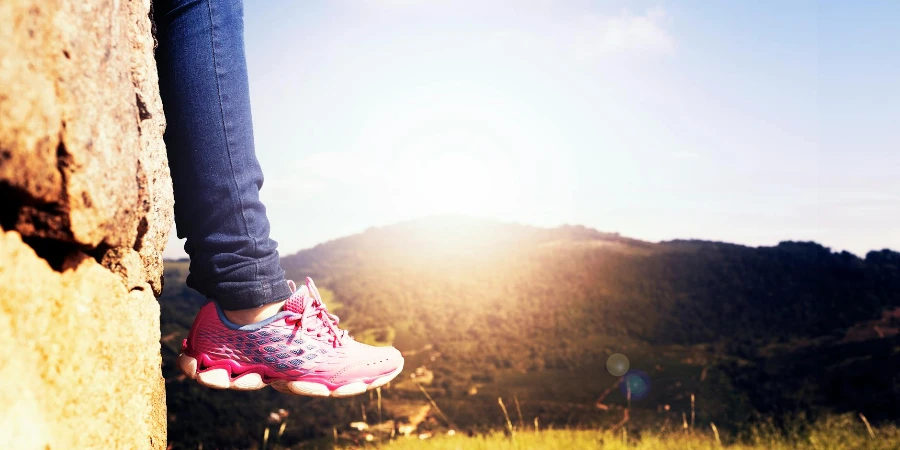Embarking on a hike requires not just determination but also the right gear, especially when it comes to your feet. This article delves into the critical aspects of hike footwear, guided by in-depth reviews and analyses. We aim to equip you with the knowledge to make informed decisions, ensuring your hiking experience is both enjoyable and safe. Let’s explore what makes a pair of hike footwear stand out in performance, comfort, durability, design, and value for money.
Table of Contents:
– Performance on diverse terrains
– Comfort and fit: The essentials of hike footwear
– Durability and quality: Investing in longevity
– Design and functionality: Beyond aesthetics
– Value for money: Balancing cost and quality
Performance on diverse terrains:

When selecting hike footwear, the ability to handle various terrains is paramount. Shoes that excel on rocky paths, muddy trails, and steep inclines share common features such as aggressive tread patterns, sturdy sole construction, and materials that offer a balance between flexibility and support. Understanding these characteristics can guide you towards footwear that won’t let you down, no matter where your adventures take you.
Comfort and fit: The essentials of hike footwear:
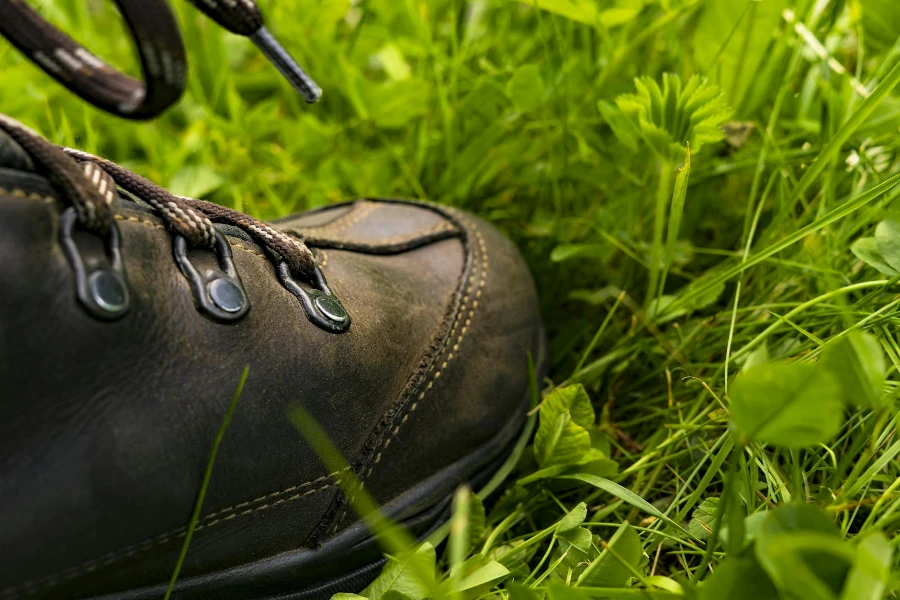
Comfort and fit are non-negotiable when it comes to hike footwear. A well-fitting shoe prevents blisters, discomfort, and potential injuries. It’s important to consider factors like the shape of your foot, the roominess of the toe box, and the support provided by the insole and midsole. Additionally, the adaptability of the shoe to accommodate swelling (a common occurrence during long hikes) should not be overlooked.
Durability and quality: Investing in longevity:
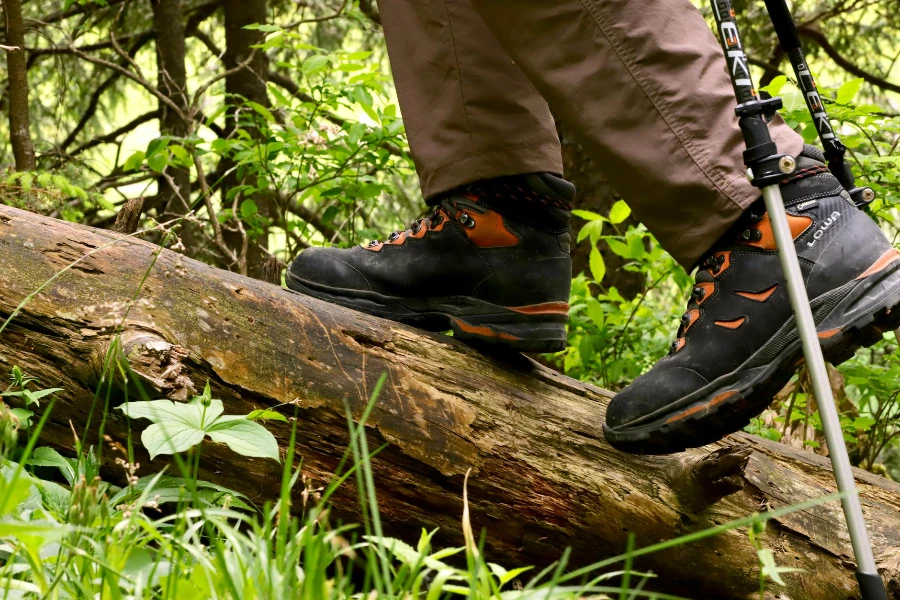
The rugged nature of hiking demands footwear that can withstand the elements and wear over time. Durability is often a reflection of the quality of materials used, such as high-grade leather or advanced synthetic fabrics, and the craftsmanship in construction. Shoes that feature reinforced areas prone to wear, such as the toe and heel, signal a design that prioritizes longevity, ensuring your investment endures many journeys.
Design and functionality: Beyond aesthetics:
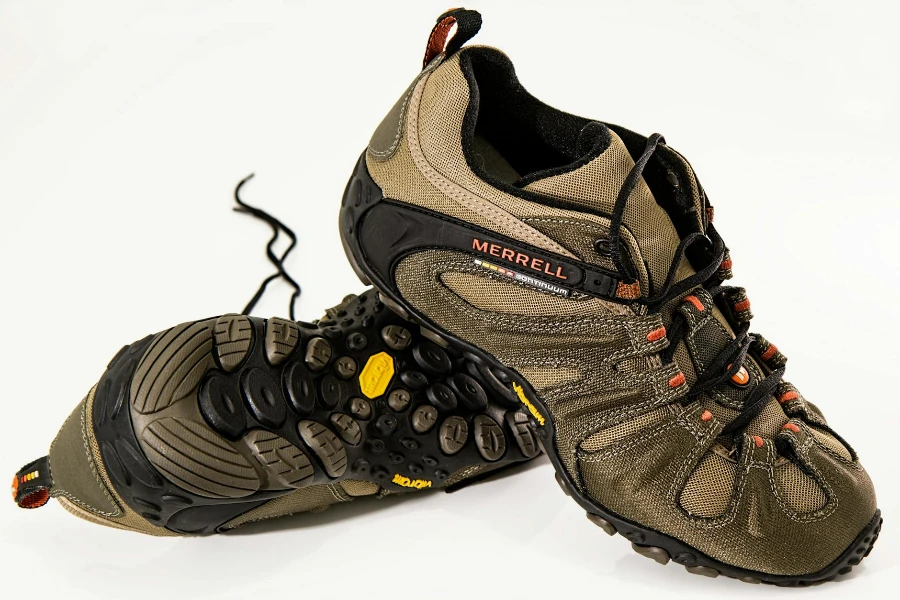
While the visual appeal of hike footwear may catch your eye, the design’s functionality is crucial. Features such as waterproofing technology, breathability, and weight contribute significantly to the shoe’s performance. A well-designed pair of hike footwear integrates these elements seamlessly, providing a solution that looks good and serves the practical needs of the hiker.
Value for money: Balancing cost and quality:
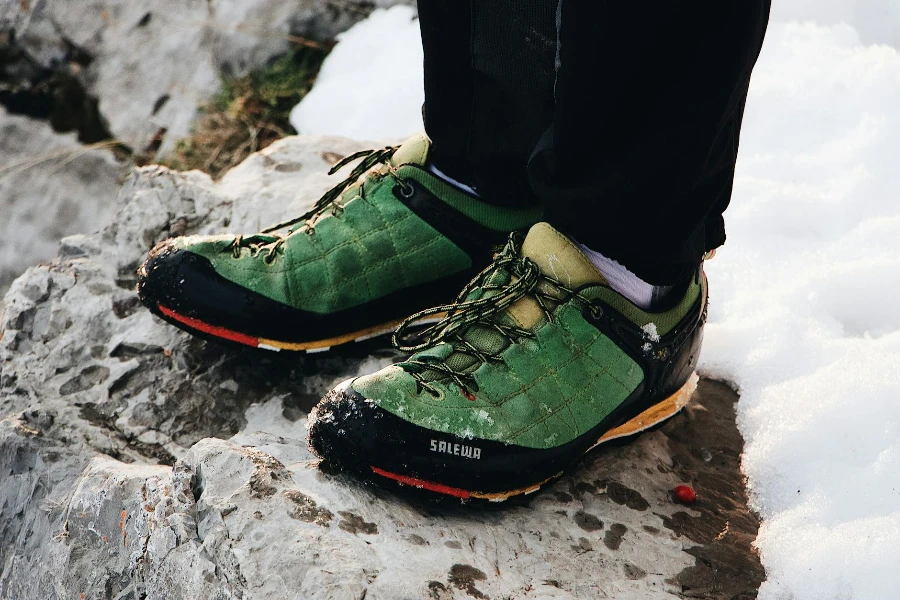
Finally, evaluating hike footwear’s value involves more than just looking at the price tag. It’s about assessing the overall benefits it offers in relation to its cost. Footwear that delivers on performance, comfort, durability, and design, without compromising quality, represents true value for money. This doesn’t mean the most expensive option is always the best choice, but rather that a careful consideration of what you’re getting for your investment is key.
Conclusion:
Choosing the right hike footwear is a critical decision that can significantly impact your hiking experience. By focusing on performance, comfort, durability, design, and value for money, and armed with comprehensive reviews, you’re better prepared to select footwear that meets your needs and preferences. Remember, the right pair of shoes not only protects your feet but also enhances your enjoyment of the great outdoors.
